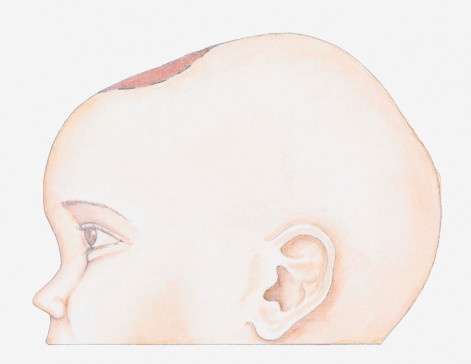What is cleidocranial dysplasia, the disease affecting Stranger Things' star Gaten Matarazzo?
The congenital genetic disorder affects about one in a million and impacts on bone development.

Gaten Matarazzo, one of the lead actor's from Netflix's popular supernatural series Stranger Things, has opened-up about living with a rare genetic disorder known as cleidocranial dysplasia. In the process, he has raised awareness of a disease which for long had remained in the shadows and has boosted the confidence of fans suffering from it.
Cleidocranial dysplasia (CCD) is a congenital genetic disorder – it occurs from birth and is inherited.
It is a skeletal condition impacting the development of bones and teeth. It is a very variable condition, with symptoms ranging from mild to severe, even with a single family. In Matarazzo's case, the disease is not too difficult to live with.
While the symptoms can be distressing for sufferers, it is worth remembering that CCD is rare: its incidence is estimated to be between 1 in 1,000,000 individuals to 1 in 500,000.
What are the symptoms?
CCD is characterised by a range of problems of bone development. The most common is that the spaces between the bones of the skull – soft spots on a baby's head known as fontanelles – take longer than normal to close. For a small proportion of patients, it may never close entirely.
Collarbones may be partly or even completely missing, which can result in a narrow chest with slopping shoulders. Patients are thus often able to execute many shoulder movements that others are not normally able to do. For example, they may have an ability to move their shoulders in front of their chest. Matarazzo, 14, explained that was the "cool" aspect of having the condition, as people were often impressed by these movements.

Furthermore, CCD sufferers may have a shorter stature than their peers, as well as a narrow or abnormally-shaped pelvis. Osteoporosis, a debilitating bone disease characterised by lower bone density and a heightened risk of fracture, is also more likely to develop.
Dental problems are another key symptom of the disease. People with CCD generally fail to lose baby teeth at the expected time, see their adult teeth appear late, and often have and extra teeth appearing which leads to dental overcrowding in the mouth and a bad alignment of the jaw.
What are the exact causes?
This disease is a genetic disorder, meaning that a specific genetic mutation is responsible for its development. More than half of the patients display a mutation in the RunX2 gene on chromosome 6. The majority of cases inherit this mutation from parents. Only in one third of the cases is the mutation spontaneous, arising in families where none of the parents have CCD.
The condition has an "autosomal dominant" inheritance pattern. This means that the child of someone with the condition has one chance out of two of inheriting it.
How is the condition diagnosed?
CCD can be diagnosed in two contexts: before and after birth. During pregnancy, a DNA test can be carried out on the foetus. Two methods are available to recover the DNA, either amniocentesis after 15 weeks of pregnancy or chorionic villus sampling between the 11<sup>th and 14<sup>th week.
This test can be proposed by the doctors to families with a history of CDC - if one the parent has the condition or if they have already had a child with the disease. Before conducting the DNA test, doctors will have done a blood test on the person already affected by CDC to confirm the mutation of the gene involved in causing the disorder.
After birth, a baby suspected of having CCD will undergo a physical examination as well as X-rays to assess the extent of bone damage but a confirmation or clarification of the diagnosis will involve genetic analysis thanks to a blood test.
Even if the RunX2 genetic mutation responsible for the disease is identified after or before birth, there is no way to tell whether the child will be affected mildly or severely.
What treatment is available?
There is no cure for this disease. Rather, the available treatments are intended to address and manage the symptoms and complications, as well as improving patients' quality of life.
This often takes the form of regular follow-ups with an orthodontist and a range of dental procedures such as removing extra teeth. In the worse cases, when patients develop osteoporosis, they can be given calcium and vitamin D. If fontanelles fail to close, the head will need protection with a helmet during specific activities which carry a risk of head trauma.
Patients can live a normal life with appropriate care and follow-up. People with CCD have a normal life expectancy.
© Copyright IBTimes 2025. All rights reserved.




















